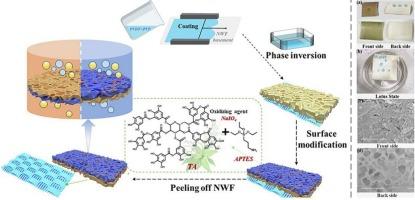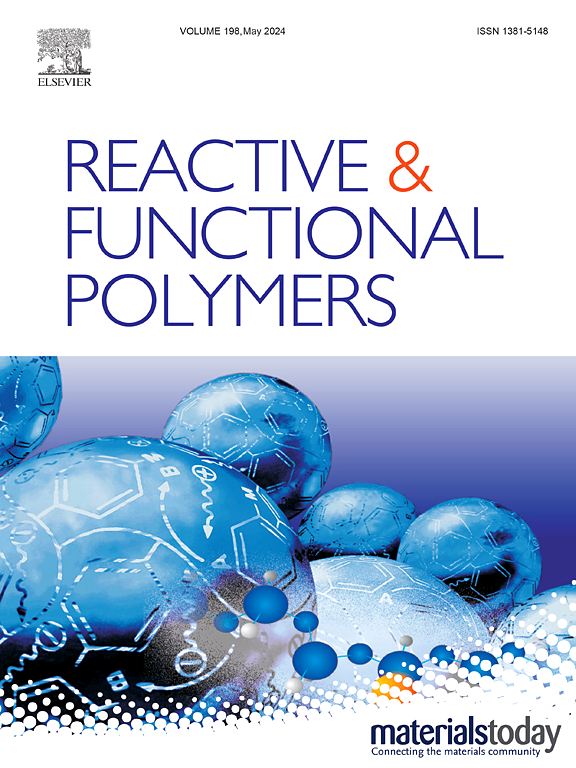An asymmetric super-wetting Janus PVDF oil-water separation membrane fabricated by a simple method on a non-woven substrate
Abstract
Membrane separation technology is an important method of treating oily wastewater with great potential for development. However, preparation of membranes for efficiently separating complex oil-water mixtures continues to be challenging. In this study, a strategy for efficient construction of asymmetric wetting surfaces was designed, and successfully prepared an asymmetric super wetting Janus polyvinylidene fluoride (PVDF) modified separation membrane to separate complex oil-water emulsion. The composite PVDF membrane was prepared using a non-woven fabric substrate and phase conversion method. Subsequently, composite membrane was rapidly hydrophilic modified on one side using tannic acid and 3-aminopropyltriethoxysilane under the strong oxidizing effect of oxidant sodium periodate. Then non-woven fabric substrate was peeled off to obtain a Janus PVDF modified separation membrane. The front and back sides of the separation membrane have highly asymmetric micromorphology and wettability. The front side has hydrophilic/underwater oleophobic wettability (with a water contact angle of 31°). The separation efficiency of oil-in-water emulsion is up to 99.5%, while the back side has super lipophilic/underoil hydrophobic wettability (with a water contact angle of 131°). The separation efficiency of water-in-oil emulsion is up to 98.6%, improving the efficiency of oil in water separation and application range.


 求助内容:
求助内容: 应助结果提醒方式:
应助结果提醒方式:


